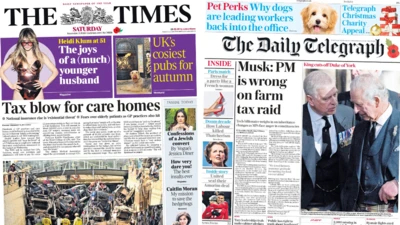We've updated our Privacy and Cookies Policy
We've made some important changes to our Privacy and Cookies Policy and we want you to know what this means for you and your data.
UK gay, lesbian and bisexual population revealed
Almost three-quarters of a million UK adults say they are gay, lesbian or bisexual - equivalent to 1.5% of the population, a survey suggests.
The Office for National Statistics (ONS) says 480,000 (1%) consider themselves gay or lesbian, and 245,000 (0.5%) bisexual.
The ONS received 450,000 responses in its new Integrated Household Survey.
The survey provides the biggest pool of social data in the UK after the Census, ONS says.
London had the highest percentage of those polled who identified as gay, Lesbian or bisexual and Northern Ireland lowest.
Testing phase
People aged 16 and over were questioned about their self-perceived sexual identity, and asked to respond with one of four options: heterosexual/straight, gay/lesbian, bisexual or other.
The data showed that 95% said they were heterosexual, 1% gay or lesbian, 0.5% bisexual, 0.5% other, and the remaining 3% either did not know or did not answer.
The survey is based on questions from six current household surveys. The sexual identity question was tested on a number of ONS surveys in 2008 and added on the IHS in 2009.
All the survey's statistics are considered experimental, or in a testing phase, as they have not yet been assessed by the UK Statistics Authority.
The gay equality charity Stonewall welcomed the release of the figures but suggested the real figure for people who were gay, lesbian or bisexual could be higher.
Chief Executive Ben Summerskill said: "This is is the first time that people were asked and data collection happened on doorsteps or over the phone, which may deter people from giving accurate responses - particularly if someone isn't openly gay at home."
Stonewall worked with 600 major employers and their experience had shown that these statistics increased when people were regularly asked about sexual orientation as part of general monitoring information.
"We'd expect to see these figures increase over time as people's confidence in the survey grows and sexual orientation becomes a routine part of data collection," he said.
Top Stories
More to explore
Most read
Content is not available








